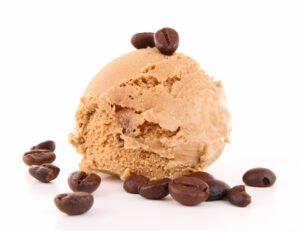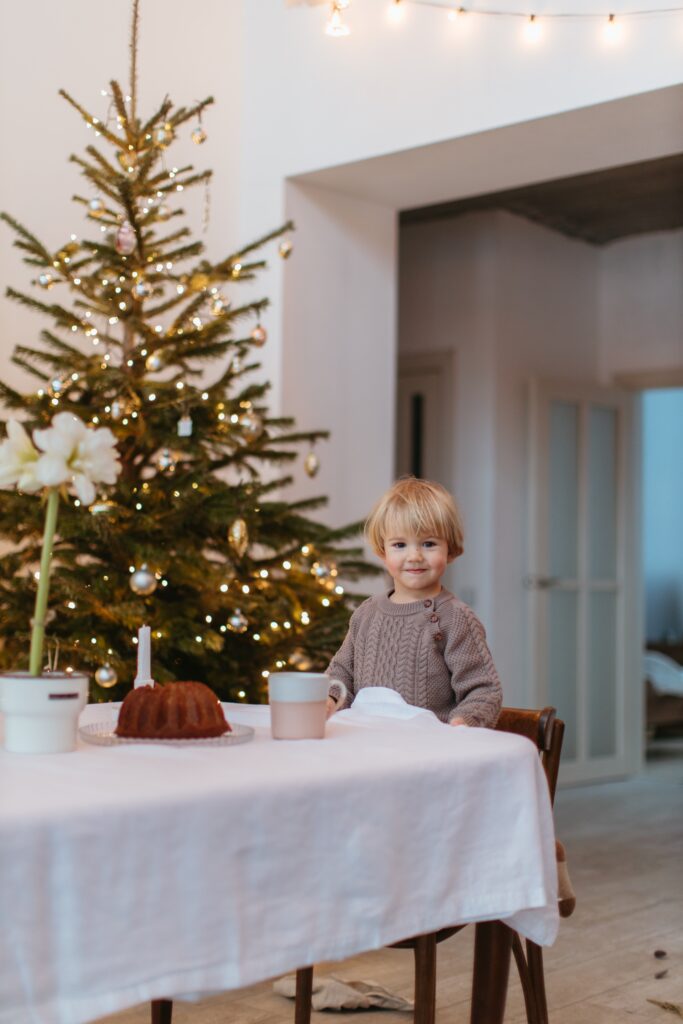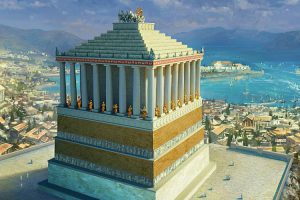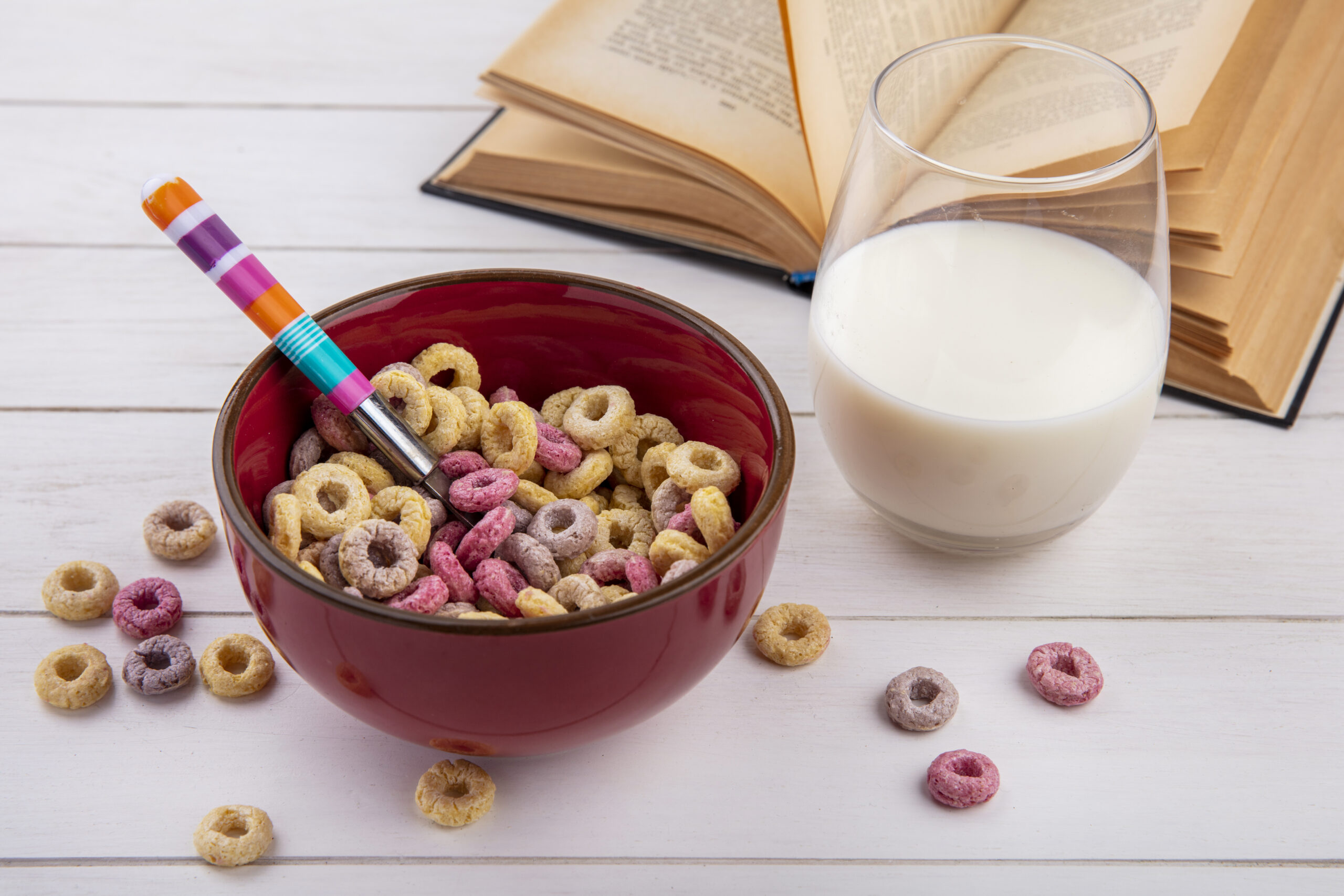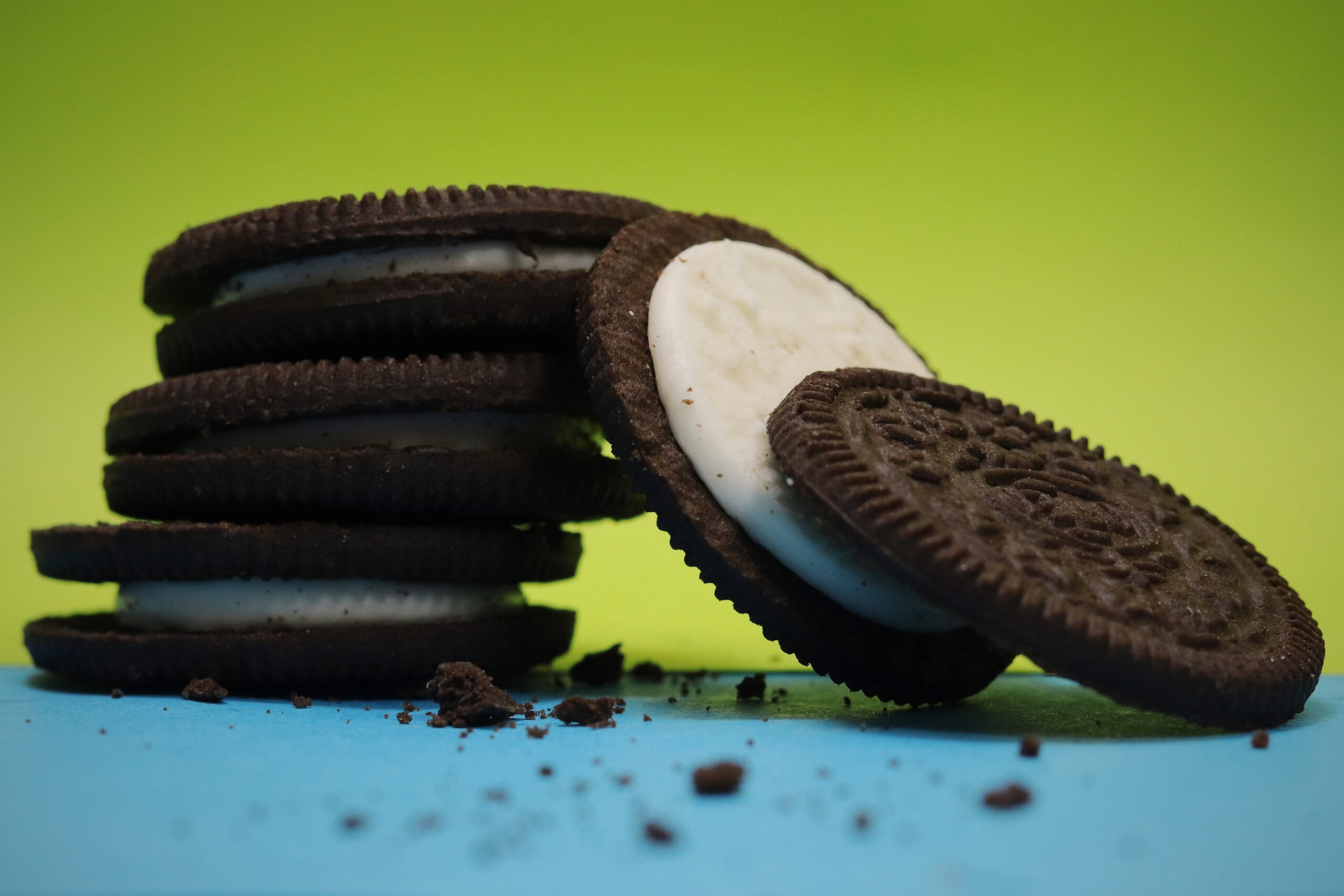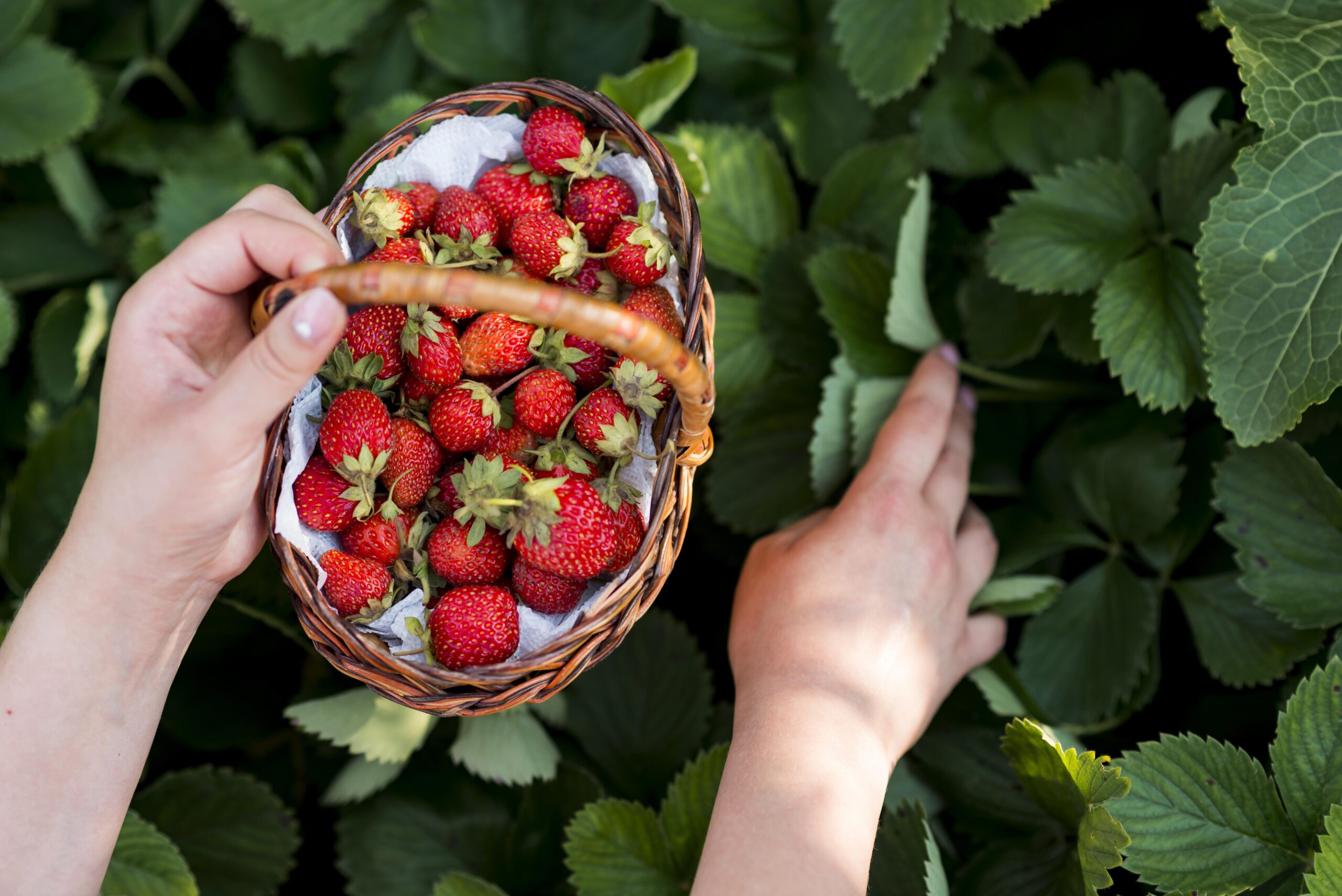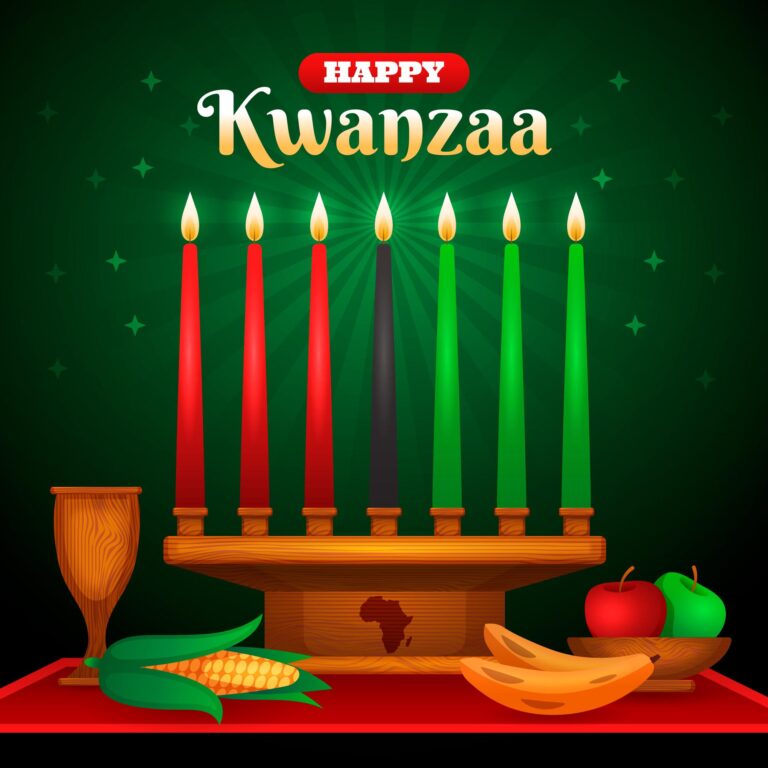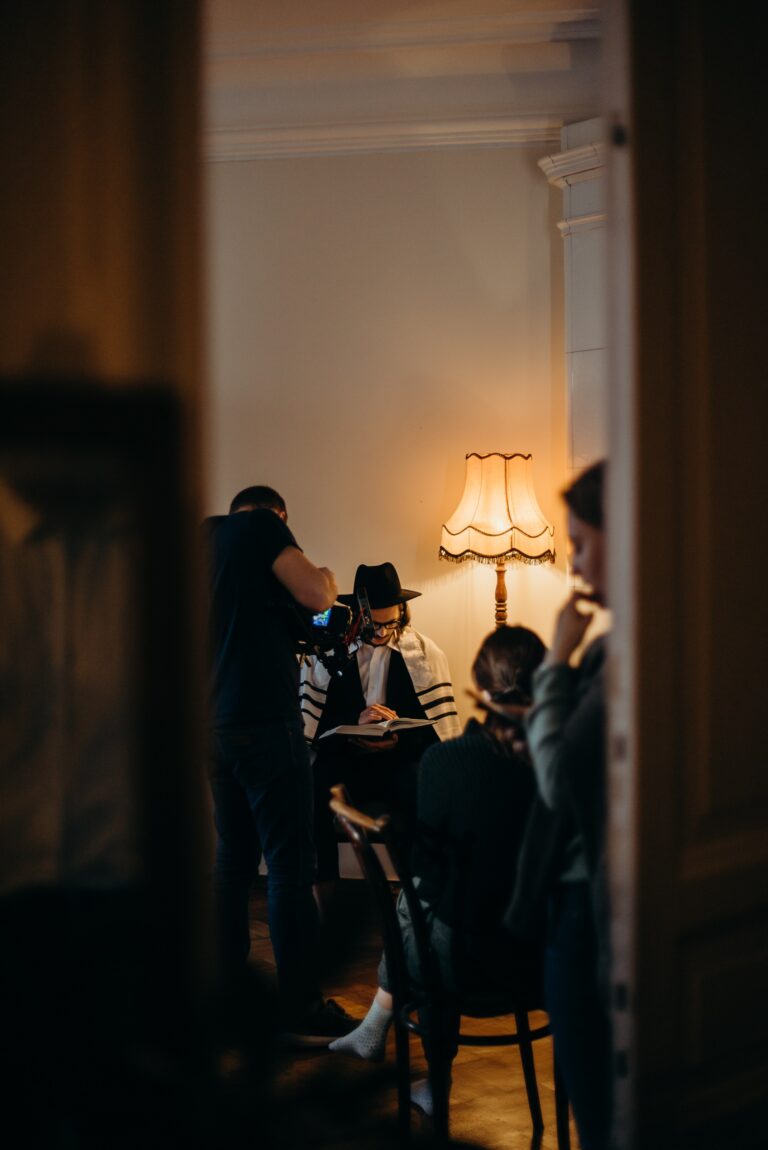Orthodox Christmas Day, also called Old Christmas, is celebrated on January 7th, corresponding to the Gregorian calendar observance of December 25th. Even though the United States and some other cultures with Orthodox Christians follow the Julian calendar, celebrators of this holiday typically follow the tradition of the January 7th observance—this Christmas is not a direct equivalent. Instead, the celebration centers more around Christian religious customs than Pagan originating traditions, such as Santa Claus and tree decorating.
How Orthodox Christmas is Celebrated
Although Orthodox Christmas Day celebrates the birth of Christ, there are many differences from the common December 25th Christmas celebration. Before the feast, many observe a “Nativity Fast” in order to focus on personal reflection and helping those in need. Christian Church services usually include the burning of spices, including frankincense and myrrh. Rather than gift-giving, Orthodox Christmas is centered on personal improvement and ideals such as peace and selflessness.
Orthodox Christmas History and Traditions Around The World
Some Orthodox Christian Churches, especially in the United States, celebrate on December 25th in order to coincide with the more widely celebrated holiday, or have merged the two celebrations. But in other parts of the world, the January 7th Orthodox Christmas celebration is more common, especially Eastern Europe. Countries that Orthodox Christmas a public holiday include Russia, Egypt, Ukraine, Serbia, and Ethiopia, among others. However, the United States does not recognize the holiday in the public sense.
Common Decorations Used
Rather than showy lights and other Christmastide decorations you see during Christmas, the Orthodox Christmas Day feast table is simpler, with a white table cloth and sometimes straw and candles to represent the nativity story. It is supposed to be a peaceful, calm setting.
Foods Eaten During Holy Supper
Some Orthodox Christians call the feast, “Holy Supper”. The types of food eaten on Orthodox Christmas may vary across the world, but typical foods are also very different from the Julian Christmas: mushroom soup, porridge, cod, peas, Lenten bread, biscuits, and honey along with vegetables depending on the agricultural region. Sometimes, food features poppy seeds, representing peace. Generally, meat is avoided.
Common Rituals
Some services on Orthodox Christmas have the congregation walk together to bodies of water as part of the ceremony to bless the water, drilling holes in ice if the body of water is solid. Services often last well into the night and early morning hours, but this is considered an intensely spiritual experience.
As previously mentioned, many cultures and Orthodox Christians fast before celebrating Orthodox Christmas, which lasts until the first star of the night or until the service is over. During the feast, some put porridge on the spoon and throw it up at the ceiling—sticking to the ceiling is considered good luck.
Orthodox Christmas Day is not completely different from the Julian version. Some countries, especially Russia, feature St. Nicholas on Orthodox Christmas, but rather as a symbol of the holiday’s giving spirit as a patron saint. This generous saint is known for hiding gifts, such as sneaking coins into coat pockets or socks. During the Soviet bans on religion occurred in the twentieth century, St. Nicholas was replaced with the figure of Grandfather Frost.
